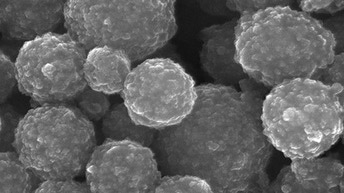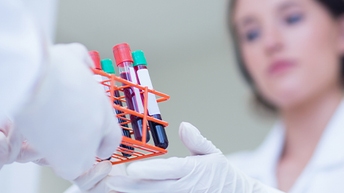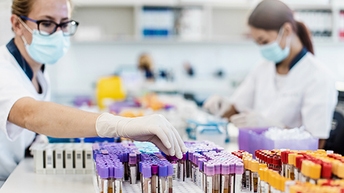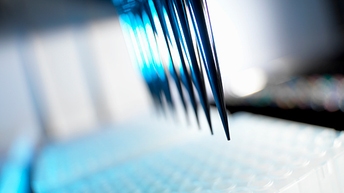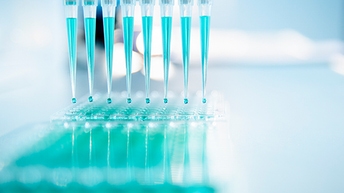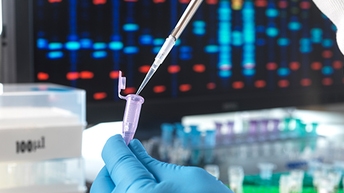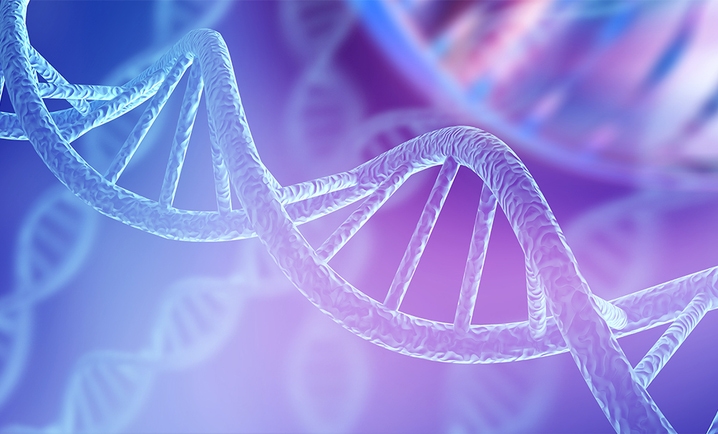
Quality automated nucleic acid isolation with chemagic™ technology
Revvity provides a unique and efficient method for isolating nucleic acids based on chemagic technology established over 25 years. With our solution-oriented development that strives to put customers first, we offer high-quality instrumentation, proprietary M-PVA Magnetic Beads and separation technology to ensure consistent nucleic acid quality for all types of downstream applications. Our cross-functional application and automation teams ensure excellent support and a reliable supply of reagents to our customers.
Discover our nucleic acid isolation solutions for research
For research use only. Not for use in diagnostic procedures.
Explore our clinical nucleic acid isolation solutions
For In Vitro Diagnostic Use. Products may not be licensed in accordance with the laws in all countries. Please check with your local representative for availability.
How it works?
The chemagic separation technology involves specific capture of nucleic acids by M-PVA Magnetic Beads that are attracted to transiently magnetized metal rods. The magnetized rods transfer the M-PVA Magnetic Beads through the different process solutions, avoiding potential sample cross-contamination. Rotation of the demagnetized rod heads efficiently resuspends the particles during washing steps. This generates high yields, purity, and low levels of fragmentation of nucleic acids, ensuring success in all types of downstream applications.
Benefits of chemagic technology
Sample volumes ranging from 50 µl to 18 ml with fast run times.
With diverse sample types, extraction targets, and downstream applications.
Nucleic acids ready for downstream applications.
Reduced risk of cross-contamination due to not transferring any liquid.
Efficient automated extraction of (HMW) DNA, RNA, cfDNA, miRNA.
Featured resources



How can we help you?
We are here to answer your questions.





























